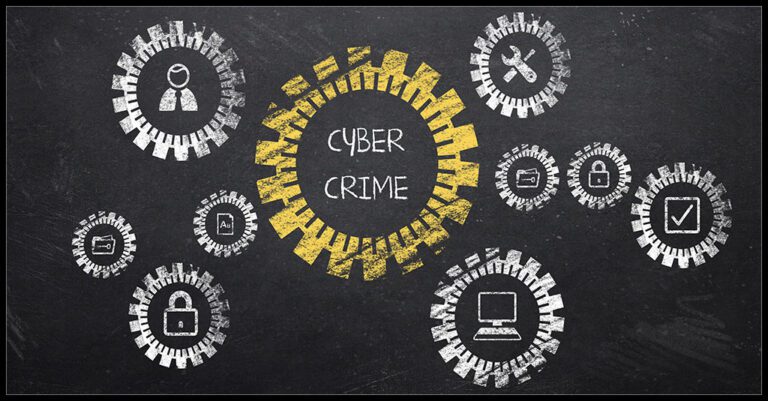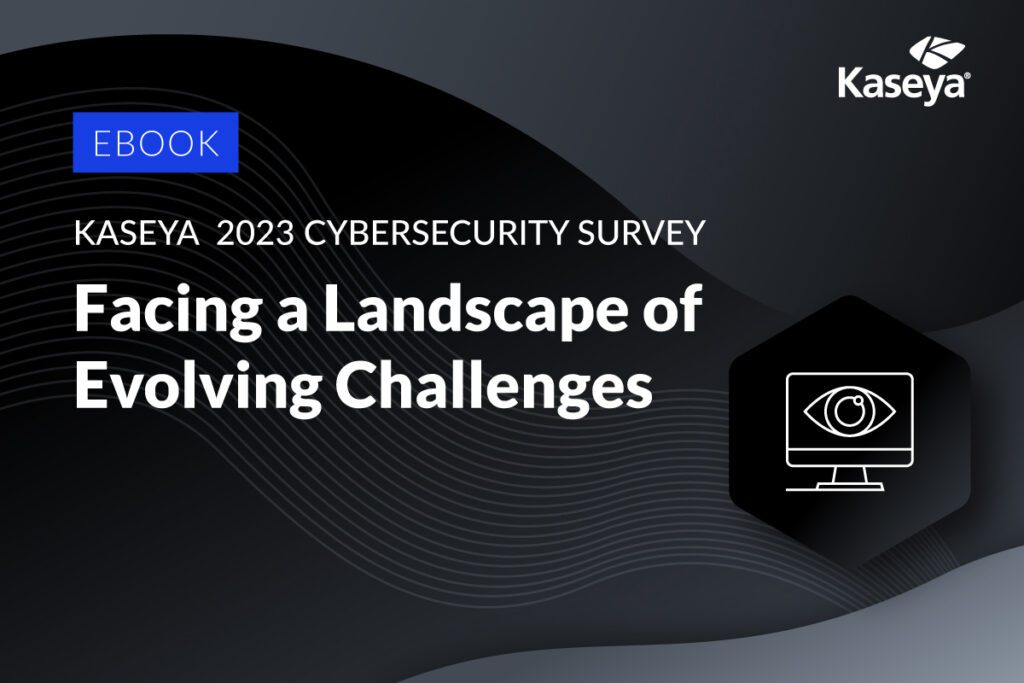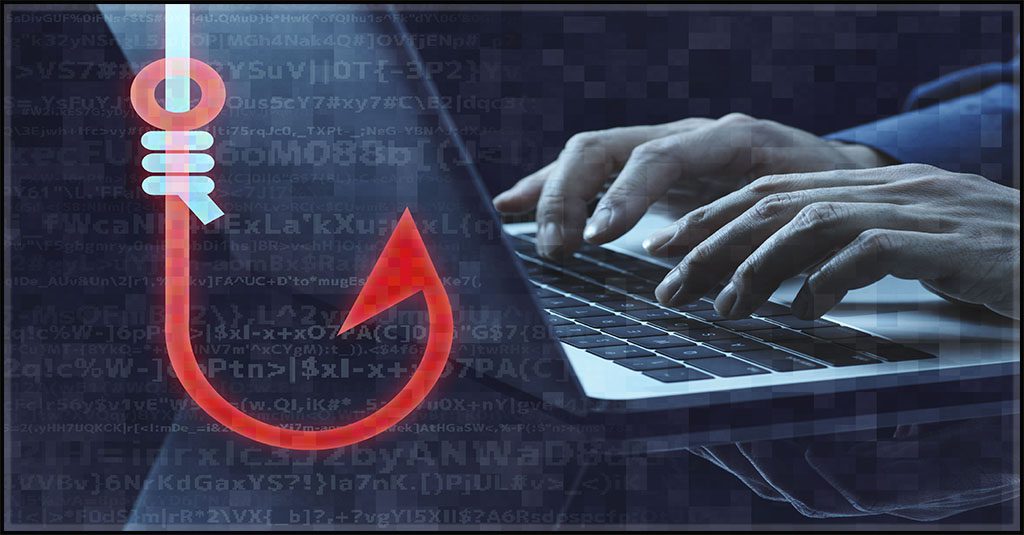Cybersecurity in Schools and Higher Education: Importance, Challenges and Tips

Considering how persistent and damaging cybercriminals have become across the education sector over the past few years, it’s high time schools begin to prioritize cybersecurity. When you realize that a school district in the U.S. stands to lose $50,000 to $1 million after suffering a data breach, it becomes all the more apparent that educational institutions need to gear up for what’s to come in 2024.
In this article, we’re going to cover everything about cybersecurity in the context of educational institutions, showcase a few eye-opening examples of data breaches that devastated schools, and offer some effective tips you can implement to enhance your cyber resilience.
Want to take a shortcut to robust cybersecurity for your educational institution? Check out BullPhish ID and Graphus to discover how security awareness training and AI-powered email security offer multiple layers of protection against modern cybercriminals.

In The Educator’s Guide to Cybersecurity, see the cyber threats that schools face & how to mitigate them. DOWNLOAD IT>>
What is cybersecurity in schools?
Cybersecurity in schools is the proactive practice of protecting IT systems, networks and sensitive information, like personally identifiable information (PII), from unauthorized access, cyberthreats and data breaches. It involves implementing measures to ensure the confidentiality, integrity and availability of information within educational institutions.
This extends across all levels of education, from K-12 school systems to universities. It’s a collective responsibility involving students, faculty, administrators and IT professionals, working collaboratively to create a secure digital environment for effective learning and administrative processes. From safeguarding student data to defending against cyberthreats, cybersecurity in schools is a comprehensive effort to fortify the entire educational ecosystem against potential risks.

See the challenges companies face & how they’re overcoming them in our Kaseya Security Survey Report 2023 DOWNLOAD IT>>
Why is cybersecurity important in education?
Cybersecurity in schools is not merely a technical concern but a safeguard for the very fabric of education. Schools and higher education institutions store vast amounts of PII within administrative systems, ranging from student records and their medical data to faculty details. Breaches could jeopardize privacy, leading to identity theft or misuse of sensitive data.
In higher education, where research and intellectual property are paramount, cybersecurity becomes indispensable. Protecting proprietary research and data is crucial not only for academic progress but also for maintaining the integrity of institutions as hubs of innovation.
Many educational institutions also operate as business entities, handling significant financial transactions. Whether it’s private schools or universities, a breach could compromise funds, affecting budgets, scholarships and overall financial stability. Ensuring robust cybersecurity measures is akin to securing the financial backbone of these institutions, directly impacting the livelihoods of staff and faculty and the overall efficiency of educational processes.
The public perception of an institution, too, can be significantly tarnished in the event of a cyberattack. Trust is a very important facet of education, and any compromise in cybersecurity might erode the confidence parents, students and the community have in the institution.

Learn how to spot today’s most dangerous cyberattack & get defensive tips in Phishing 101 GET EBOOK>>
What are the types of cyberattacks on schools?
From deceptive phishing schemes to the silent but destructive nature of malware and ransomware, and the disruptive force of Distributed Denial of Service (DDoS) attacks, there are many cyberthreats schools should be wary of. We’ve elaborated on the cyberthreats that pose the most risks to educational institutions below.
Phishing
Phishing involves deceptive emails or messages that appear legitimate, tricking individuals into revealing sensitive information, like login credentials. Cybercriminals often pose as trusted entities, exploiting trust to gain access to confidential data within school systems.
Ransomware
Ransomware is a type of malicious software (malware) designed to infiltrate systems, stealing or encrypting data until a ransom is paid. These attacks aim to disrupt operations, compromise sensitive information and demand financial payments for data retrieval.
Distributed Denial of Service (DDoS)
DDoS attacks overwhelm networks, rendering online services inaccessible. By flooding systems with traffic, these attacks disrupt the normal functioning of educational platforms, hindering communication and collaboration.
To learn more about the top cyberthreats schools face and how to stop them, check out this infographic.

Every business faces insider risk, from employee mistakes to malicious acts. Learn how to mitigate it. DOWNLOAD EBOOK>>
Examples of cyberattacks on schools and universities
Here are some examples of recent cyberattacks that have devasted educational institutions:
Prince George’s County Public Schools (PGPS)
Right at the start of the 2023 school year, Prince George’s County Public Schools in Maryland announced that it was the victim of a cyberattack. The attack caused a broad internet outage throughout the system. PGPS said that it believes that the majority of the impacted accounts belonged to staffers, emphasizing that no impact has been observed in its primary business and student information systems.
University of Georgia (UGA)
The University of Georgia disclosed a data breach in September 2023, that was caused due to the MOVEit Transfer hack. The attack involved Automation software, utilized by UGA for storing and transferring sensitive data. MOVEit’s developer, Progress Software, acknowledged a flaw in their program that potentially led to data exposure. The exact timing of the breach remains uncertain, but it has been confirmed that unauthorized individuals accessed university data, compromising PII, including student and faculty names, contact details like addresses, phone numbers and email addresses, social security numbers, as well as staff salary and benefit information.
Denver Public Schools (DPS)
Denver Public Schools (DPS has disclosed that the personal information of an estimated 15,000 system employees was recently exposed in a hacking incident. The district said that between December 13, 2022, and January 13, 2023, a hacker accessed and potentially downloaded employee-related files stored on the district’s computer servers. Data stolen in this incident included the names and social security numbers of current and former participants in the DPS employee health plan, employee fingerprints, bank account numbers or pay card numbers, driver’s license numbers, passport numbers and health plan enrollment information. No student information was involved.
Des Moines Public Schools
Des Moines Public Schools, a system that serves more than 30k students, was forced to suspend classes for two days following a suspected ransomware attack on January 9, 2023. A district official said that the district was forced to take its systems offline after discovering the incident to limit the damage. The district was able to return to in-person learning on January 12. However, it experienced ongoing problems with its virtual learning and student information system, Infinite Campus, and its phone systems that have since been resolved. Many students were also left without Wi-Fi on campus, and access to networked systems within individual schools was also impacted.

Follow the path to see how Managed SOC heroically defends businesses from cyberattacks. GET INFOGRAPHIC>>
What are the challenges of cybersecurity in education?
Securing educational institutions in the digital age comes with a unique set of challenges that demand strategic solutions. Let’s take a look at some of the most common issues schools face.
Limited budgets and resources
Despite the worsening threat landscape, many educational institutions grapple with constrained budgets, limiting their ability to invest in comprehensive cybersecurity measures. This financial strain often results in outdated security infrastructure and insufficient resources to respond effectively to evolving cyberthreats.
BYOD and IoT vulnerabilities
The adoption of bring-your-own-device (BYOD) policies and the integration of Internet of Things (IoT) devices in educational settings bring convenience but also introduces new security challenges. Managing the diverse range of devices accessing the network poses a significant vulnerability, demanding meticulous measures to ensure the security of sensitive data.
Adherence to security policies
Establishing stringent security policies is crucial, but ensuring compliance across diverse educational environments can be challenging. From faculty members to students to staff, enforcing adherence to these policies requires a concerted effort, especially considering the dynamic and collaborative nature of educational settings.
Lack of cybersecurity awareness
Building a robust cybersecurity posture involves more than just technological measures — it requires a cultural shift. Many education stakeholders, from students to administrators, may lack awareness of cybersecurity best practices. Addressing this gap through education and training becomes essential in fortifying the human element of the security equation.

Find out how Datto EDR helps with Health Insurance Portability and Accountability Act (HIPAA) compliance. GET INFO>>
Cybersecurity tips for students and educators
Ensuring a secure digital environment in educational settings requires active participation from both students and educators. Here are some crucial tips to fortify cybersecurity.
Keep software and systems updated
Regularly updating software and systems is the first line of defense against cyberthreats. Patches and updates often contain security fixes that shield against vulnerabilities, making it essential to stay current with the latest releases.
Practice strong password management
Creating robust, unique passwords and updating them regularly is fundamental. Strong passwords, incorporating a mix of characters, provide a formidable barrier against unauthorized access, safeguarding personal and institutional data.
Utilize authentication measures
Implementing multifactor authentication adds an extra layer of security. By requiring additional verification steps beyond passwords, like codes from mobile devices, authentication measures enhance access controls and mitigate the risk of unauthorized account access.
Install antivirus and anti-malware software
A reliable antivirus and anti-malware solution acts as a shield against malicious software. Installing reputable security software helps detect and remove potential threats, safeguarding both personal and institutional digital assets.
Implement security awareness training
Education is a powerful defense. Security awareness training equips students and educators with the knowledge to recognize and respond to potential threats effectively. Consider utilizing powerful phishing simulation and security awareness training solutions, like BullPhish ID, to reinforce cybersecurity education, helping build a resilient and informed user community.
Deploy anti-phishing software
Phishing remains a prevalent threat. Anti-phishing software, such as AI-powered solutions like Graphus, serves as a vigilant guard against deceptive emails and messages. These solutions analyze and block suspicious content, preventing unwitting users from falling victim to phishing attacks and maintaining a secure educational environment.
To learn how you can better protect your school from ransomware and phishing attacks, download this checklist.

Explore how AI technology helps businesses mount a strong defense against phishing GET INFOGRAPHIC>>
Boost cybersecurity in your schools with BullPhish ID and Graphus
In navigating the intricate landscape of cybersecurity in schools, we’ve delved into the core challenges, real-life examples and imperative tips to fortify the digital resilience of educational institutions.
Going a step further, we’ve got BullPhish ID and Graphus, the perfect solutions to help you get a head start on amplifying your institution’s security posture.
BullPhish ID – This effective, automated security awareness training and phishing simulation solution provides critical training that improves cybersecurity practices, prevents employee mistakes and reduces an educational institution’s risk of being hit by a cyberattack.
Graphus – Graphus is a cutting-edge, automated email security solution that puts three layers of AI-powered protection between users and phishing messages. It works equally well as a standalone email security solution or supercharges your Microsoft 365 and Google Workspace email security.
Ready to get started with fortifying your school’s cybersecurity? Request a demo today.

Read case studies of MSPs and businesses that have conquered challenges using Kaseya’s Security Suite. SEE CASE STUDIES>>

Our Partners typically realize ROI in 30 days or less. Contact us today to learn why 3,850 MSPs in 30+ countries choose to Partner with ID Agent!
Check out an on-demand video demo of BullPhish ID or Dark Web ID WATCH NOW>>
See Graphus in action in an on-demand video demo WATCH NOW>>
Book your demo of Dark Web ID, BullPhish ID, RocketCyber or Graphus now!